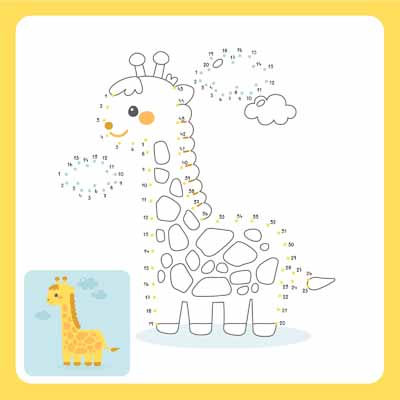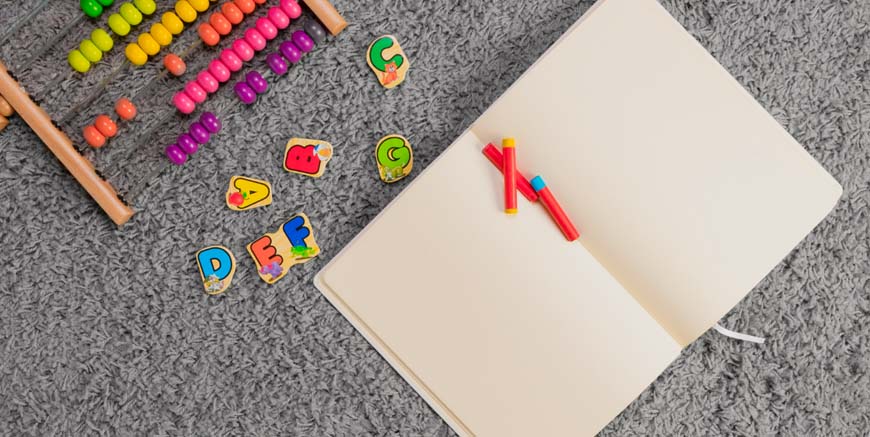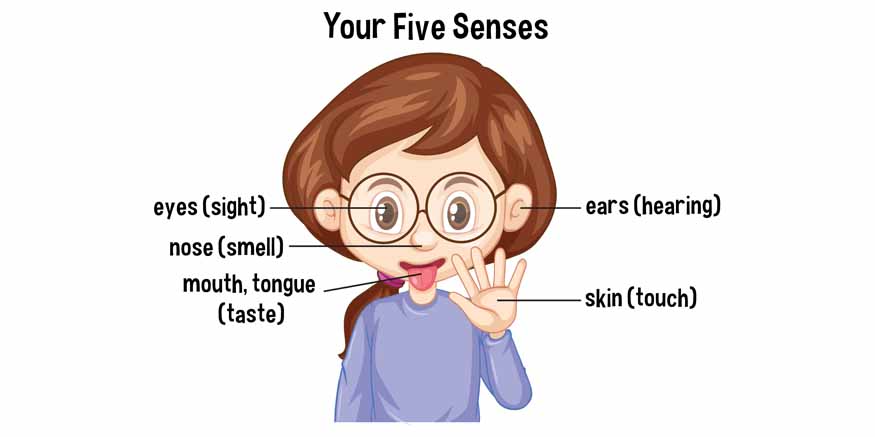Did you know that handwriting is like your very own artwork?
Handwriting is not just about writing letters and words, but also about expressing yourself on paper. It is an important skill that helps you boost your fine motor skills and lays the foundation for success in school and beyond. Let us explore some fun and exciting activities to make handwriting neat and clear.
Why is Handwriting Important?
Handwriting is more than just forming letters on paper. It plays a critical role in a child’s overall development. Here are some reasons why improving handwriting is essential:
- Builds Fine Motor Skills: Handwriting strengthens the small muscles in the fingers, improving dexterity and control.
- Boosts Confidence: Writing neatly helps kids take pride in their work and boosts their self-esteem.
- Supports Academic Success: Good handwriting ensures better readability, making it easier for teachers to understand and grade assignments.
- Encourages Creativity: Writing fosters imagination and allows kids to bring their ideas to life.
Fun Fact: Did you know that Leonardo da Vinci, one of the greatest artists of all time, was ambidextrous and wrote in mirror script? Imagine how much practice it took to master that!
Best Activities to Improve Handwriting in Kindergarten
- Play with Playdough
- Roll playdough into long “snakes” and shape them into letters.
- Use playdough cutters to cut out alphabet shapes.
- Trace and Write
- Alphabet tracing worksheets
- Sandpaper letters
- Whiteboards and markers
- Sand and Salt Writing
- Fill a shallow tray with sand or salt.
- Use fingers or a small stick to draw letters.
- Shake the tray to erase and start again.
- Finger Painting Letters
- Dip fingers in washable paint.
- Write letters or words on paper.
- Try writing their name or simple words like “cat” or “sun.”
- Lacing and Beading
- Use letter beads to spell out names or simple words.
- Create a lacing card by punching holes around the edges of a cardboard letter.
- Fine Motor Games
- Use clothespins to pick up small objects.
- Transfer water using a dropper.
- Build with small building blocks like LEGO.
- Letter Hunt
- Hide magnetic letters around the room.
- Ask children to find and trace each letter they locate.
- Bonus: Have them write the letter on paper after finding it!
- Practice with Pencil Grips
- Connect the Dots
- Builds hand control and coordination.
- Enhances focus and concentration.
- Chalkboard Writing
Squeezing, rolling, and shaping playdough is a fantastic way to strengthen finger muscles. These activities help prepare little hands for gripping a pencil and controlling it while writing.
How to Play:
Tracing helps children learn the correct formation of letters and develop muscle memory. Starting with traceable patterns before free-writing can work wonders.

Materials Needed:
Tip: Gradually transition from tracing thick outlines to writing independently on lined paper.
This sensory-rich activity makes handwriting practice fun and exciting. It is perfect for kids who learn best through touch and movement.
How to Do It:
Fun Fact: Writing in sand or salt is not only fun but also helps children remember the letter shapes more effectively!
Turn handwriting practice into a colourful art session with finger painting. It is messy, and creative, and helps children playfully learn letter formation.
How to Do It:
Threading laces through holes or stringing beads onto a string helps improve hand-eye coordination and fine motor skills.
Ideas to Try:
Handwriting depends on strong fine motor skills. Games and activities that involve pinching, gripping, and manipulating objects can build these muscles.
Examples:
Turn letter recognition into an interactive game. Letter hunts can improve attention to detail and make learning letters fun.
How to Play:
A proper pencil grip is essential for neat handwriting. Pencil grips or triangular pencils can help children learn the right way to hold their writing tools.
Activity: Draw fun dots or small shapes along the lines of letters and ask children to “connect the dots” with their pencils.
Dot-to-dot puzzles are a sneaky way to combine handwriting practice with a fun game. These puzzles encourage children to trace lines and form letters or pictures.

Benefits:
Using chalk to write on a blackboard or sidewalk is a fun way to practice large movements that strengthen arm and wrist muscles.
Fun Tip: Write with wet chalk for a unique texture and a pop of colour!
Handwriting Activities and Their Benefits
Activity | Benefit |
Play with Playdough | Strengthens finger muscles and improves dexterity. |
Trace and Write | Teaches letter formation and builds muscle memory. |
Sand and Salt Writing | Enhances sensory learning and letter recognition. |
Finger Painting Letters | Boosts creativity and reinforces letter shapes. |
Lacing and Beading | Improves hand-eye coordination and fine motor skills. |
Fine Motor Games | Develops the small muscles needed for pencil control. |
Letter Hunt | Encourages letter recognition in a playful way. |
Practice with Pencil Grips | Promotes proper pencil-holding technique. |
Connect the Dots | Builds hand control and focus through fun puzzles. |
Chalkboard Writing | Strengthens arm and wrist muscles through large movements. |
Tips for Parents and Teachers
- Be Patient and Encouraging: Learning to write takes time. Celebrate small improvements and provide positive reinforcement.
- Create a Comfortable Space: Ensure the child has a proper chair and desk to maintain a good posture while writing.
- Make It Fun: Incorporate games, colours, and rewards to keep children excited about handwriting practice.
- Practice Regularly: Consistency is key. Short, daily practice sessions work better than long, occasional ones.
Fascinating Handwriting Facts
- Fact 1: An interesting statistical fact about a “pencil” is that an average pencil can write about 56 kilometres or 45,000 words approximately.
- Fact 2: In ancient Rome, students used wax tablets and styluses to practice their handwriting.
- Fact 3: Each person’s handwriting is unique, just like a fingerprint!
Conclusion
Handwriting is an essential skill that combines learning and creativity. With a mix of fun activities, patience, and regular practice, kindergartners can develop beautiful handwriting that becomes their signature style. From playing with playdough to writing letters in sand, these activities improve handwriting and nurture creativity, confidence, and fine motor skills. So grab your pencils, chalk, or even paint, and let the writing adventure begin!
For more such informative/interesting blogs, visit Mother’s Pet Kindergarten.













Recent Comments